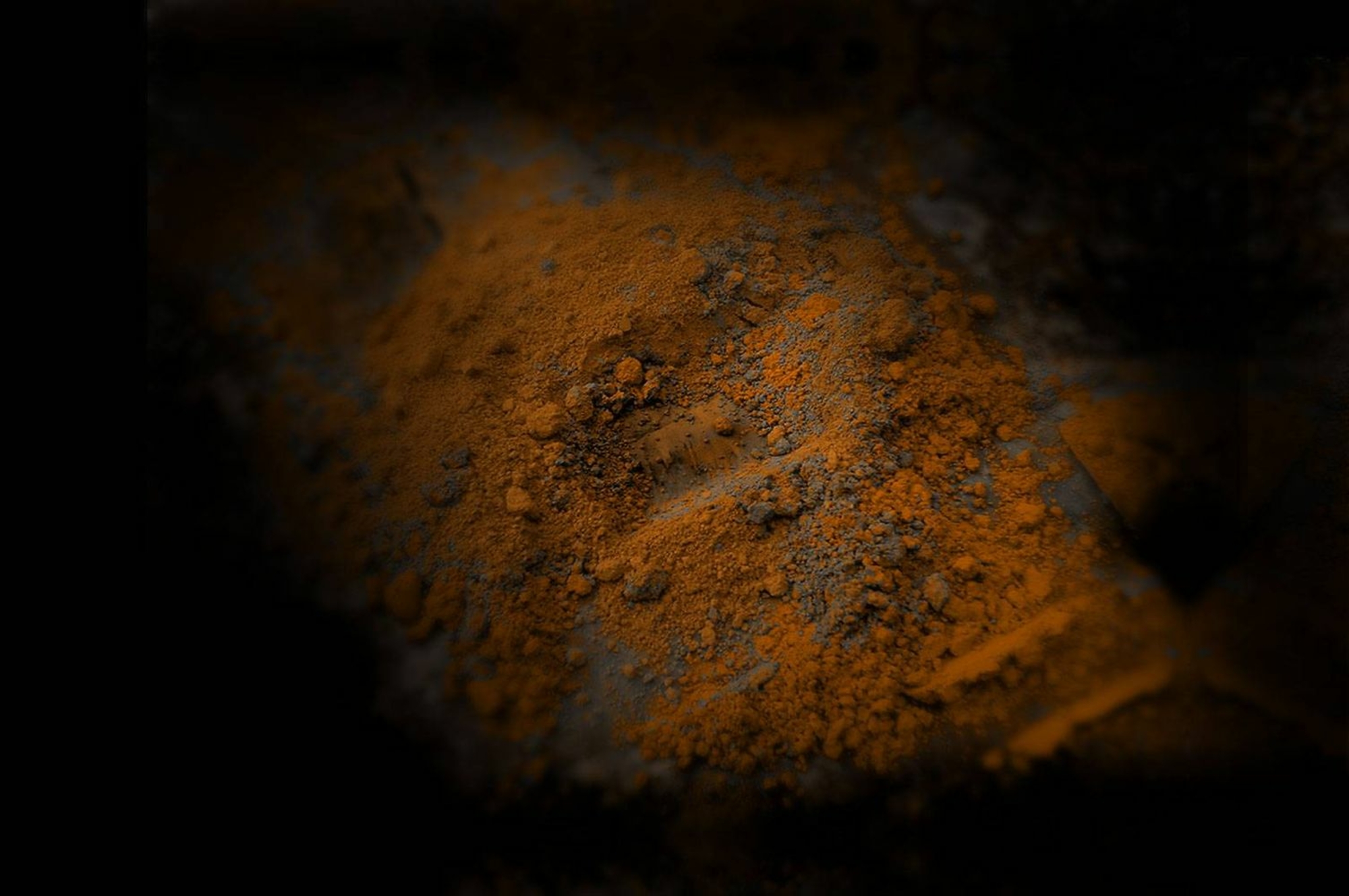
- Home
- Parietal art
- The rock support
The choice of tools for painting, drawing and engraving depends a great deal on the mechanical properties and morphological characteristics of the wall. Based on these criteria, the means of expression varies from one sector to another, and will adapt to the specificities of the support. The rock through which the cave has been tunnelled is not visible everywhere. In several galleries, the walls are covered with a layer of white calcite.
These variations resulted in the use of two separate techniques for the creation of the figures. In the Hall of the Bulls and the Axial Gallery, the space is characterised by a white calcite covering that is highly reflective and often coarse-grained. The hardness and rough texture of the support are features that would rule out engraving and encourage the artist to draw instead. On the right side of the cave, including the Passageway, the Apse, the Nave and the Chamber of the Felines, the corrosion of the limestone has made the rock friable, and it has disintegrated to a depth of one or two millimetres. On a support such as this, engraving is preferable to using a brush or swab. Pigment, which is quite present, could only have been applied by the spray technique.
Very early on, studies of Palaeolithic parietal art drew attention to the specific treatment of certain figures that appear to be only sketches, but which achieve a more complete appearance in association with natural rock features that, by their shape, suggest the missing anatomical segment.
Most of the time, these wall shapes are used to simulate only a portion of the animal's silhouette. It is interesting to note that, in many caves, a large number of natural forms could be transformed into animal or human shapes; nevertheless, the number of figures constructed in this way remains extremely limited in comparison with the many available opportunities.



